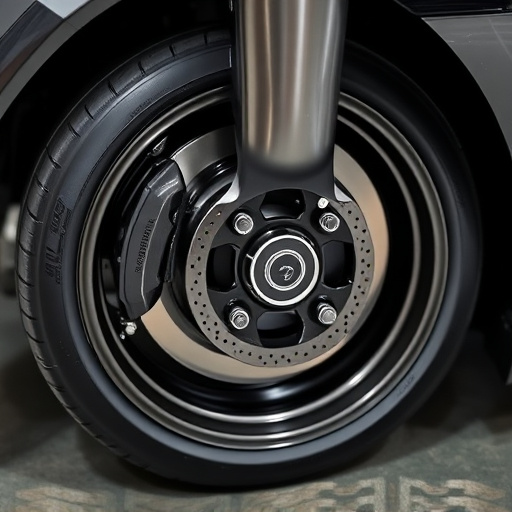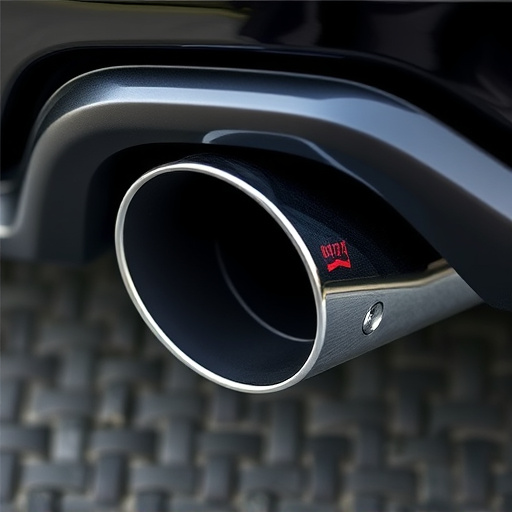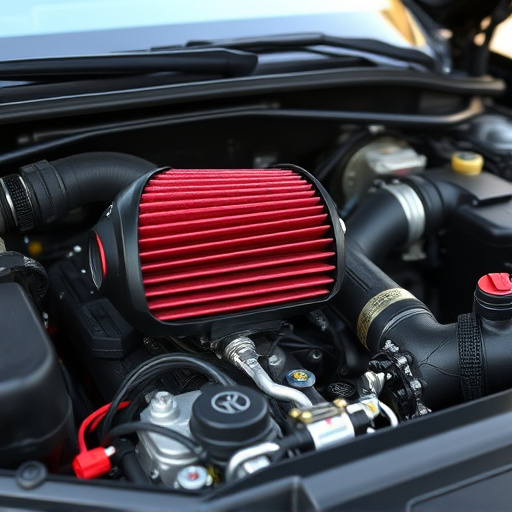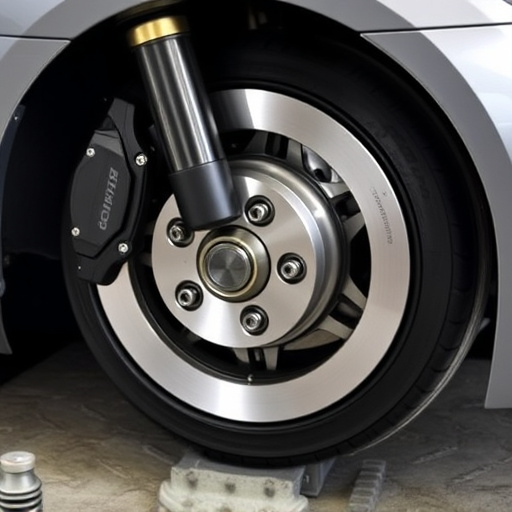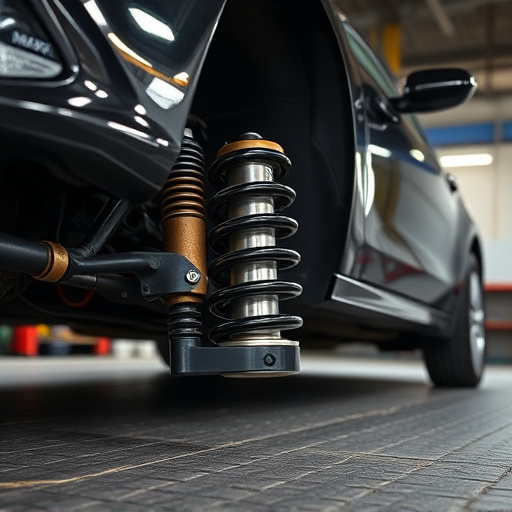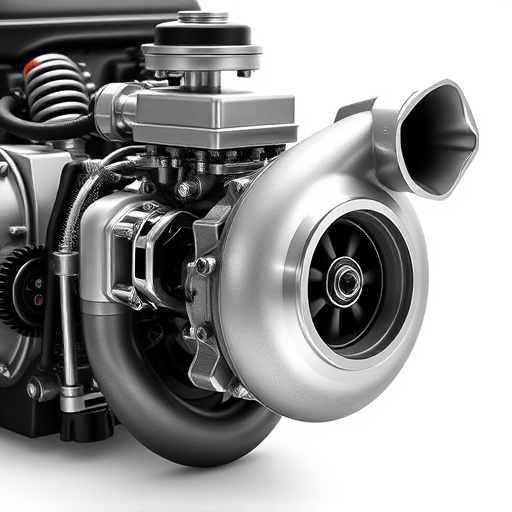Muffler intake installation enhances exhaust performance and noise reduction by fitting tailored mufflers. High-quality intake components, regular maintenance, and timely repairs extend vehicle lifespan and safety. DIY installations are possible for simple setups, but complex systems may require professional help. Regular inspections, air filter care, and cat back system checks ensure optimal engine performance and prevent issues.
Looking to extend your vehicle’s lifespan after a muffler intake installation? This comprehensive guide is your go-to resource. We’ll walk you through the essentials of understanding muffler intake installation, from picking the right components to ensuring optimal longevity. Discover regular maintenance tips that will keep your engine running smoothly and efficiently for years to come. Maximize the benefits of your upgrade with these expert insights on muffler intake installation.
- Understanding Muffler Intake Installation Basics
- Choosing the Right Components for Longevity
- Regular Maintenance Tips to Extend Lifespan
Understanding Muffler Intake Installation Basics
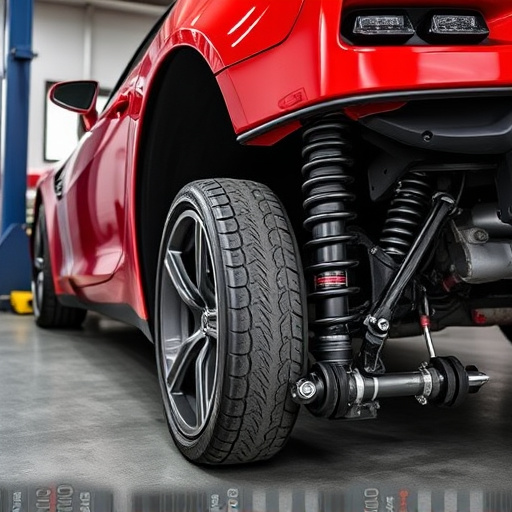
Muffler intake installation is a process that involves integrating a muffler into your vehicle’s exhaust system to enhance performance and reduce noise. It’s crucial to understand the fundamentals before tackling this task. The primary goal is to optimize gas flow, which can be achieved by selecting a muffler designed for your specific vehicle type and performance needs. This often involves considering factors like material construction, exhaust velocity, and sound reduction capabilities.
Proper installation requires aligning the muffler with the existing exhaust components, ensuring secure connections, and maintaining optimal airflow. While some muffler intake installations may be DIY-friendly, complex setups involving custom tailoring or replacement of air intake systems might necessitate professional assistance, especially when dealing with performance brakes like high-performance brake pads designed for enhanced stopping power.
Choosing the Right Components for Longevity
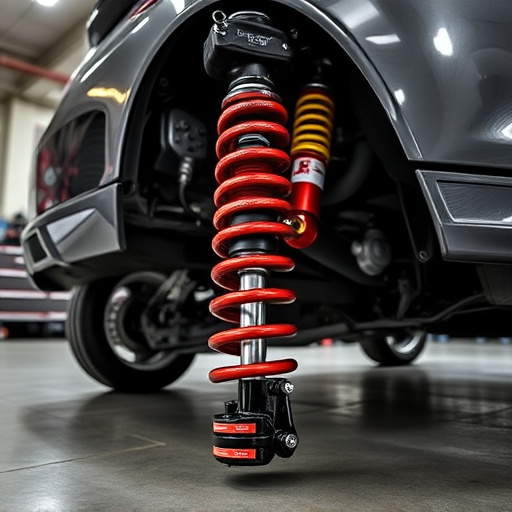
When considering how to extend lifespan after muffler intake installation, one of the key factors is selecting high-quality components that are designed for longevity. Focus on choosing durable and reliable intake components that are compatible with your vehicle’s make and model. Quality exhaust mufflers play a crucial role in reducing noise pollution while ensuring optimal performance, which can significantly impact the overall lifespan of your vehicle’s engine.
Additionally, don’t overlook the importance of other essential parts like brake pads, as their condition directly influences driving safety and vehicle longevity. Upgrading to high-performance intake components and maintaining regular replacement schedules for critical parts such as brake pads can contribute to a longer lifespan for both your vehicle and its various systems, including the exhaust system.
Regular Maintenance Tips to Extend Lifespan
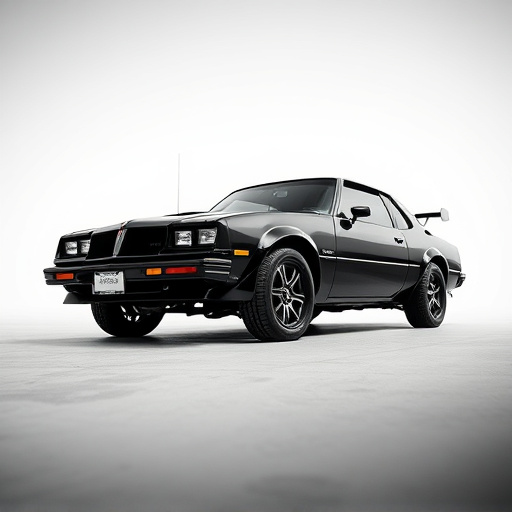
Regular maintenance plays a pivotal role in extending the lifespan of your vehicle after a muffler intake installation. Ensuring optimal performance and longevity of your new setup requires a few key practices. Start by regularly inspecting intake components for any signs of damage or debris buildup; clean or replace as necessary. Maintaining a pristine air filter is another crucial step, as a dirty filter can restrict airflow and negatively impact engine performance. Consider investing in high-quality air filter kits designed specifically for your vehicle to ensure maximum efficiency.
Additionally, keeping an eye on your cat back exhaust system is essential. Regularly check for leaks or damage, as these issues can not only affect performance but also lead to environmental hazards. Timely repairs and replacements of faulty parts will contribute significantly to the overall durability of your muffler intake setup, ensuring many more miles of trouble-free driving.
Extending your vehicle’s lifespan through proper muffler intake installation involves a combination of understanding fundamental principles, selecting high-quality components, and maintaining your system diligently. By following these guidelines, you can ensure optimal performance and longevity for your car’s exhaust system, ultimately enhancing both its functionality and value.









